From Ethiopia to Libya, Sudanese refugees are facing endless displacement
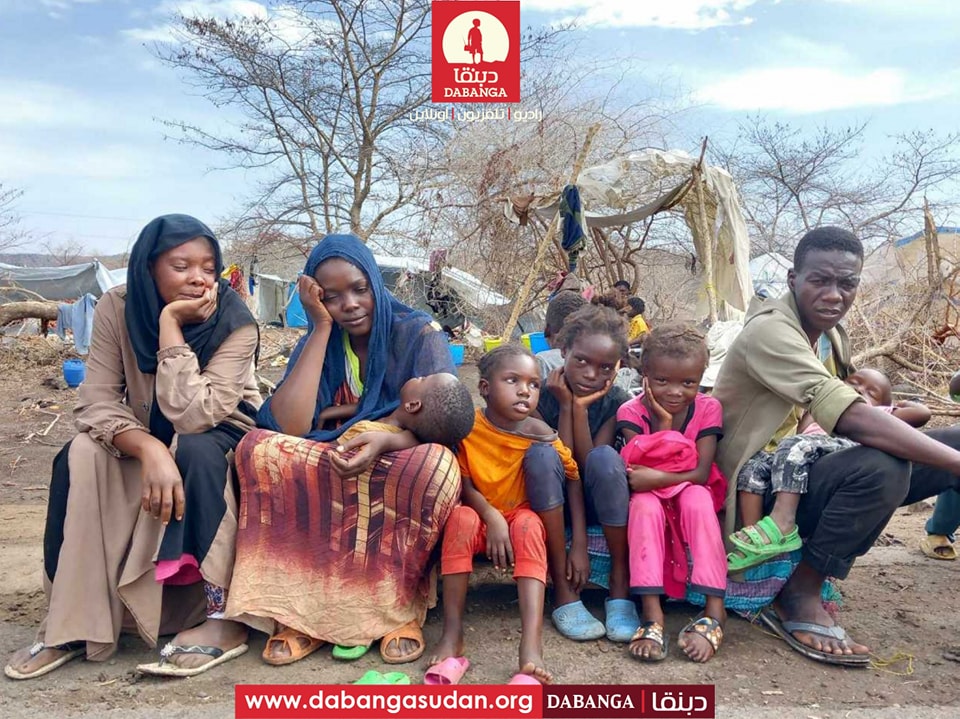
Sudanese refugees flee from Awlala camp in Ethiopia to a nearby forest - May 2024 (Photo: RD)
Sudan Media Forum Joint Editing Room – compiled by Radio Dabanga
Mahmoud, alongside hundreds of other Sudanese refugees, was forced to return from the Awlala forest in Ethiopia’s Amhara region to El Gedaref, Sudan, in September. But after being forced by the state’s governor to either join an army training camp or work in agriculture, he embarked on yet another perilous journey towards the Libyan district of Kufra.
Since the outbreak of war in Sudan, waves of refugees have fled to neighbouring countries seeking refuge from the violence. The conflict has displaced over three million people to nearby nations, particularly Egypt, Chad, Ethiopia, and South Sudan, while the number of internally displaced people in Sudan has reached approximately 11 million.
Radio Dabanga spoke to Mahmoud, a Sudanese man who had taken refuge in Ethiopia, before returning to Sudan due to rampant insecurity in the Amhara region. This report details his journey back to Sudan, and his decision to move once more towards Libya in the pursuit of safety.
According to the United Nations High Commissioner for Refugees (UNHCR), more than 60,000 people have crossed into Ethiopia since April 2023. This figure includes more than 38,000 Sudanese refugees, of whom 17,000 crossed the border this year alone.
100 days in the open
“We spent 100 days in the open forests of Awlala, fleeing the insecurity and lack of services in the Kumer and Awlala camps,” Mahmoud recounted. “We endured repeated attacks by local militias. Malnutrition and illnesses spread among children and the elderly. We relied on aid from Sudanese abroad and remittances from relatives. For months, we endured the rain without shelter.”
A mid-October report by Human Rights Watch (HRW) detailed the dire conditions faced by Sudanese refugees in Ethiopia’s Amhara region. Thousands of refugees in the Kumer and Awlala camps have suffered abuses at the hands of local Fano militias, including killings, kidnappings for ransom, forced labour, robbery, rape, and other forms of violence.
Clashes between militias, police, and the Ethiopian army near the camps have exacerbated the refugees’ plight, while health services have deteriorated sharply. This worsening violence drove over 8,000 refugees to abandon the Kumer and Awlala camps and stage sit-ins near the Kumer camp or within the forests of Awlala.
“Eventually, I decided, along with over 4,000 other refugees, to return on foot to Metema, the Ethiopian town where our journey began,” Mahmoud said. This decision followed the authorities’ attempt to relocate them to the new Aftit camp near Shahadi in the Amhara region, which they refused due to ongoing regional insecurity and attacks by Fano militiamen.
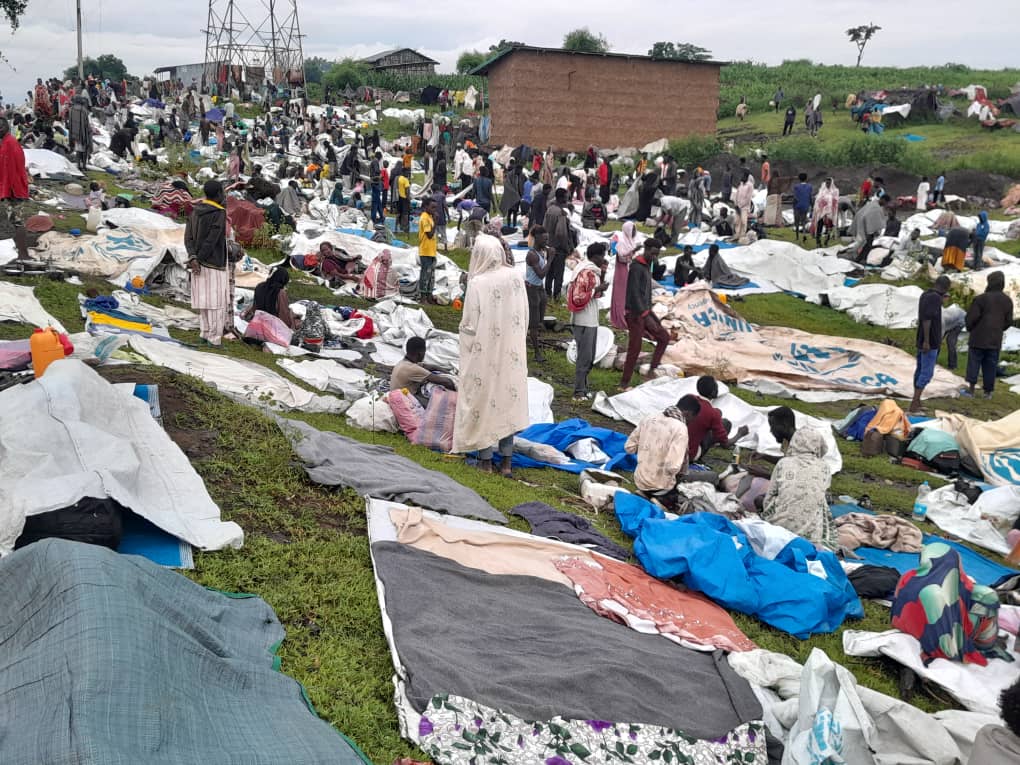
UNHCR has relocated nearly 7,000 refugees from the Kumer and Awlala camps to the Aftit camp. Construction and resettlement efforts at the new camp are ongoing, and the previous camps have since closed.
“Our journey from the forests of Awlala to Metema lasted a full week, during which we suffered immensely,” Mahmoud told Radio Dabanga. “We were attacked by Ethiopian police, who barred us from entering Metema until we handed over our asylum documents and dismantled our temporary shelters at the city’s entrance. Some of us were assaulted and detained.”
The HRW report states that, on August 21, 2024, Ethiopian soldiers and local militias reportedly forced refugees to relocate to a transit centre in Metema. When the refugees resisted, security forces destroyed their makeshift shelters and resorted to violence.
Conditions in Metema
Conditions at the Metema transit camp are dire. Refugees in the camp have reported a severe lack of food, forcing them to survive on “discarded tomatoes and potatoes”. Healthcare services have deteriorated significantly.
Mohamed Abdelsalam, a refugee in Metema, described the worsening humanitarian conditions, including insufficient water and food supplies. “Refugees have been forced to drink rainwater and bathe in stagnant water, which poses serious health risks, especially for children. Water is delivered every two days, but the amount is insufficient to meet basic needs.”
Mohamed Mohamedin, another refugee, told Radio Dabanga that the World Food Programme (WFP) resumed food aid distribution on Tuesday, after a week-long pause caused by Fano militia incursions into the camp.
Clashes between the Fano militias and the federal army continue to hinder access to humanitarian aid, healthcare, and water supplies at both the Metema and Aftit camps. According to the UNHCR, security in Metema remains a major concern, and the lack of essential services, including ambulances for healthcare, makes the situation even more precarious.
Return to Sudan
HRW found that many refugees felt coerced into returning to Sudan, often becoming separated from their families in the process. While Ethiopian officials maintain that these returns were voluntary, investigations uncovered numerous cases where refugees felt forced to leave.
Mahmoud similarly told Radio Dabanga that mounting pressure from Ethiopian authorities eventually forced him and his travel companions to leave Metema camp and cross back into Sudan’s El Gedaref. “Hundreds were relocated to El Galabat, a transit camp near Metema [on the Sudanese side of the border] that lacks basic necessities.”
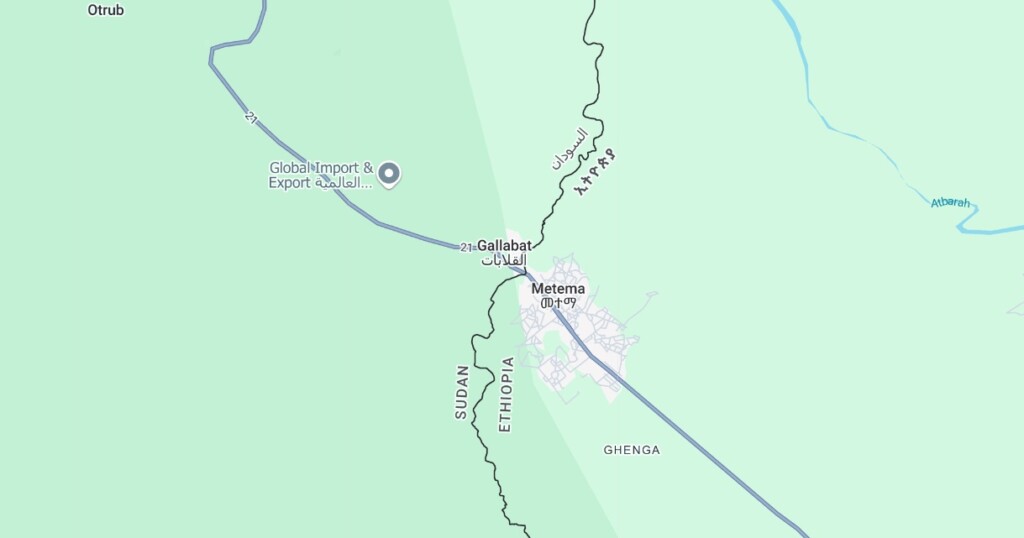
In early September, Sudanese authorities closed El Galabat border crossing with Ethiopia, after battles between members of the Ethiopian National Defence Force (ENDF) and fighters of the Fano militia in the Amhara region encroached the border with El Gedaref.
Back in Sudan, the refugees -now returnees- were met with a less-than-friendly welcome, having been given an ultimatum by the governor of El Gedaref to either train to fight alongside the Sudanese Armed Forces (SAF), or work in the state’s agriculture sector.
“We had no choice but to leave,” Mahmoud explained. “With some cash support from a humanitarian organisation and help from relatives, I chose to travel to Libya, hoping to find a safer haven. We arrived in Kufra after enduring unspeakable suffering, while others went to Egypt and South Sudan via known smuggling routes.”
Sudanese in Libya
Sudanese refugees in Libya face harsh conditions, living in makeshift tents without access to clean water or sanitation facilities. UNHCR and its partners are working to provide essential services, including shelter, healthcare, and food, with a particular focus on women and children.
The UNHCR has announced an enhanced plan to support Sudanese refugees in Libya, where the number of displaced Sudanese has risen to 97,000, with 350 new arrivals passing through Kufra each day. This influx is putting immense pressure on the city’s already strained infrastructure, with 65,000 refugees concentrated in Kufra alone.
According to the UNHCR, 45,452 Sudanese refugees are registered with the agency, although local authorities estimate the actual number to be much higher. The refugee agency’s assessment found that 95 percent of Sudanese refugees entered Libya through unofficial border crossings.
As the war in Sudan enters its nineteenth month with no end in sight, the number of displaced people and refugees from conflict zones is expected to rise, further exacerbating the already dire humanitarian crisis.

This report is published simultaneously on the platforms of media and press institutions and organisations that are members of the Sudan Media Forum.
#ساندوا_السودان #StandWithSudan







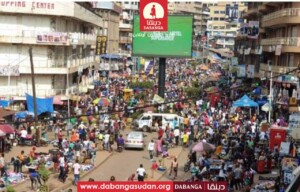
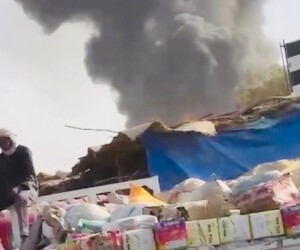
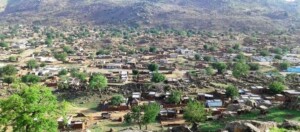

 and then
and then